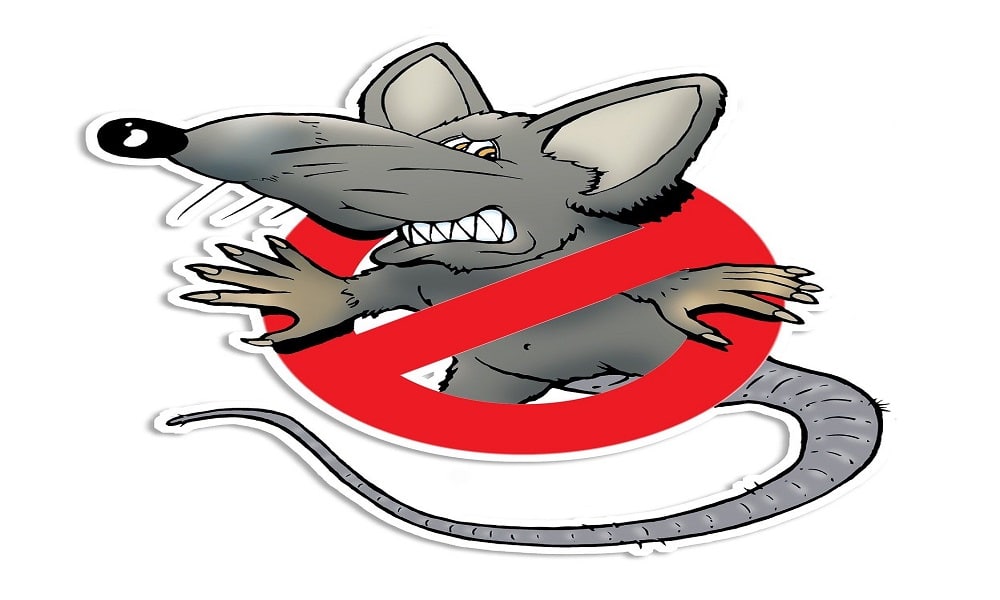Pests are more than just a nuisance—they can disrupt operations, damage property, and harm a business’s reputation. For business owners, preventing pests is not just about cleanliness; it’s about safeguarding your environment, employees, and bottom line. Implementing a solid pest prevention strategy can save you time, money, and stress down the line. Let’s dive into the key tactics every business owner should implement to keep pests at bay.
The Importance of Professional Pest Control
When it comes to pest prevention, relying on the expertise of professional exterminators in your local area is crucial. These trained specialists can identify the specific pests threatening your business and provide tailored solutions. Unlike DIY methods, professional pest control services offer ongoing monitoring and customized plans that address both immediate issues and long-term prevention. Their knowledge of pest behavior and advanced treatments ensures that infestations are dealt with effectively, preventing recurring problems and minimizing disruption to your business operations. Partnering with experts helps keep your workplace safe, clean, and pest-free.
Proper Waste Management and Sanitation Practices
A clean environment is key to preventing pests from infiltrating your business. Proper waste management is one of the first lines of defense. Ensure trash bins are emptied regularly and that they have secure lids to prevent rodents and insects from being attracted. Areas where food is prepared or stored should be cleaned frequently, and spills or crumbs should be wiped up immediately. A thorough cleaning schedule, especially in kitchens, break rooms, and storage areas, can reduce food sources for pests. Regularly inspect and clean areas behind appliances, as these often harbor pests in hidden spaces.
Pest-Proof Storage and Inventory Management
Proper storage practices can help prevent pests from infiltrating your inventory. Keep items off the floor and away from walls to allow for easy cleaning and inspection. Use sealed containers for food or sensitive materials, and rotate stock regularly to avoid spoilage. Always inspect deliveries for signs of pests before bringing them inside. Smart inventory management will protect your goods and also support a cleaner, pest-resistant environment.
Sealing Entry Points and Building Maintenance
Pests often enter buildings through small cracks and gaps, so sealing these entry points is essential. Inspect windows, doors, vents, and the foundation for any vulnerabilities. Use weather stripping, caulk, or foam to seal gaps and prevent insects or rodents from sneaking in. Pay attention to rooflines and utility lines as well, as these can also serve as entry points for pests. For businesses in the process of construction or renovation, implementing pest control during construction projects is vital to prevent pests from taking advantage of open spaces. Regularly check for areas that need maintenance, such as broken window screens or door sweeps, to ensure your business remains airtight and pest-free.
Landscaping and Outdoor Pest Control
The outside of your building is just as important as the inside when it comes to pest prevention. Proper landscaping can deter pests from getting too close to your business. Trim back any overgrown shrubs or trees, as they provide shelter for pests like rodents and insects. Remove standing water around the building, which can attract mosquitoes. Ensure that gutters are clean and free of debris to avoid water accumulation, which can create a perfect breeding ground for pests. For businesses with larger properties, consider professional outdoor pest control services to target outdoor threats before they invade your space.
Employee Training and Awareness
Your employees play an integral role in pest prevention. Training them on proper waste disposal, identifying signs of pest activity, and reporting any concerns promptly can help keep your business pest-free. Encourage a proactive approach to pest management by educating staff about pest behavior and prevention tactics. Simple steps, like properly storing food and reporting any sightings, can make a significant difference in preventing infestations. When everyone is on the same page, maintaining a pest-free environment becomes much easier and more effective.
Regular Inspections and Monitoring
Regular inspections are crucial for detecting early signs of pest activity and preventing a full-blown infestation. Work with professional pest control services to schedule routine checks of your property, including hard-to-reach areas such as basements, attics, and crawl spaces. Implement monitoring devices, such as traps or bait stations, to keep track of any pest activity and address concerns before they escalate. The earlier you spot a potential issue, the easier and more cost-effective it will be to resolve it, preventing major disruptions to your business.
Conclusion
Preventing pests is a critical task for any business owner. From partnering with professional exterminators to maintaining a clean environment and educating employees, every step plays a role in keeping your business safe and pest-free. By implementing these pest prevention strategies and making them a priority, you can avoid costly disruptions, protect your reputation, and ensure a healthy, productive workplace for everyone. Don’t wait for pests to become a problem—take action today and safeguard your business for the future.


